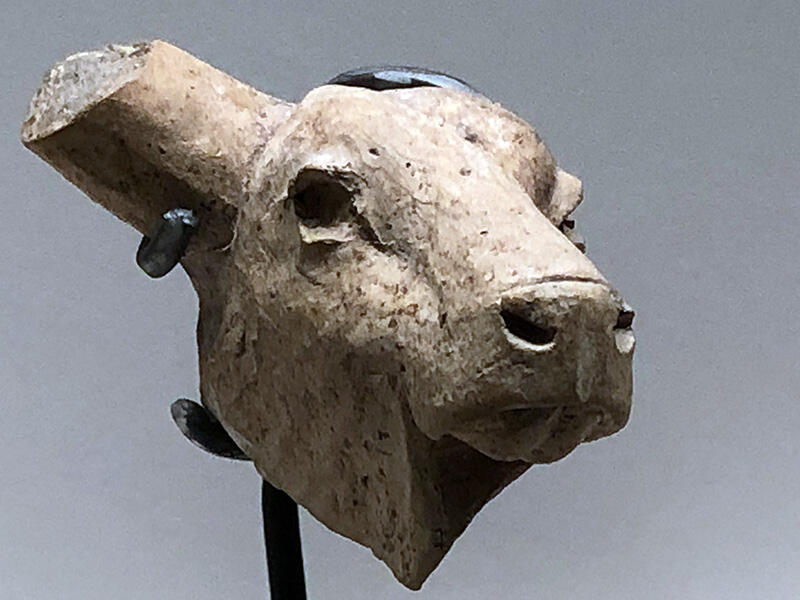Jean-Marie Casal writes "Note also that, during their occupation, the first occupants of Mundigak [which he thought were nomads around 4500 BCE, but now is dated more towards 4000 BCE] already how to make use of copper, the evidence for which was the discovery in the deepest layer of small hammered blades. They knew how to spin [cloth], for spindle whorls were found at the same levels. As for the bone needles, they were probably used to sew animal skins. Likewise, clay statues representing a humpback bull indicate that from the outset, a fertility cult with which the bull is generally associated was also present."
Petrie and Shaffer add "Only four figurines, of humped bulls, were found in Sub-Periods I3–5 [4000-3500 BCE]. Casal stated that such figurines increased in frequency during Period II, but no quantification was given." (The Archaeology of Afghanistan (2019, pp. 223).
For Casal this meant that "one can see distinct indications which link Mundigak to the Indian world in the significant number of figurines of bull which were found on all levels." (La Civilisation d l'Indus et ses enigmes, 1969, p. 61, 65)

